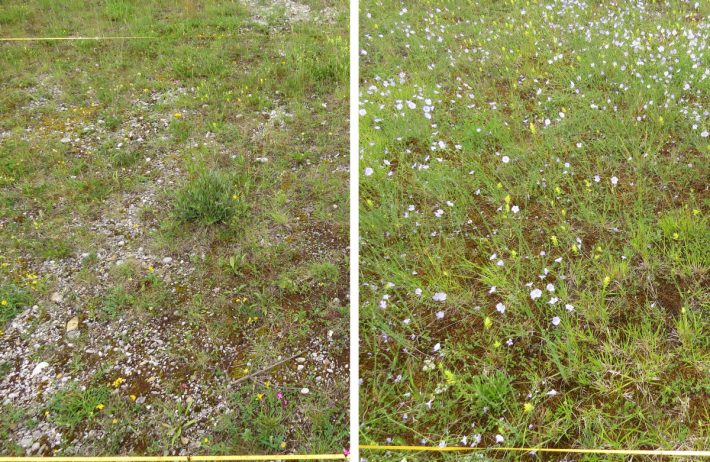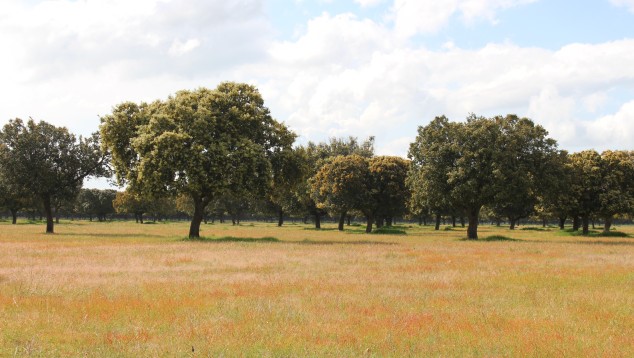Soil transplantation internationally explored for land restoration
Netherlands Institute of Ecology press release
A new international study led by the Netherlands Institute of Ecology reveals the power of soil transplantation in the fight to restore degraded natural landscape areas.

A new study featured in the Journal of Applied Ecology, from the Netherlands Institute of Ecology (NIOO-KNAW), compared 46 field experiments across 17 countries to reveal that areas in need of nature restoration benefit from soil transplantation.
From grasslands to rainforests, there are a wide range of natural sites in need of restoration. Soil transplantation is the act of taking healthy soil, including the associated soil life and plant seeds, and putting it in an area where nature has degraded. Following a transplant, natural life will recover at an accelerated pace, sustained by soil that is alive and healthy.

This method was been proved to work in the Netherlands during a study also conducted by NIOO-KNAW scientists, but a international team led by researcher Jasper Wubs (NIOO), has unearthed positive results for the restoration method worldwide.
Talking about the study, Wubs said “From the tropics to the tundra’s, soil transplantation substantially improves the chances of restoring vegetations with species of high conservation value. Particularly when applied over large areas.”
Vegetation on sites with transplanted soil (including it’s associated soil organisms) thrive in terms of species count and diversity. Soil transplantation increased the similarity to the reference vegetation but an average 40% compared to hay addition.

However, the difference between experiments was substantial. Success was more likely on loamy soils, and when the treatments was implemented in areas over 180 squared metres or larger. “We are now able to restore biodiverse ecosystems in places where natural regeneration is not enough. But at the same time, we need to explore why restoration is more successful in some cases than in others.” said Wubs.
Initiatives such as the United Nations ‘Decade of Ecosystem Restoration’ and the European Union ‘Nature Restoration Law’ cannot be successful without effective restoration measures and effective ways to benchmark the techniques, as has now been done for soil transplantation.

“Ecological recovery is tricky and often unpredictable. People tend to only look above at above ground recovery, but we have demonstrated that the key to success is laid below ground,” concluded Wubs.
Find the paper free, for a limited time, here:
, , , , , , , , , , , , , , , , , , … (2023). Synthesis on the effectiveness of soil translocation for plant community restoration. Journal of Applied Ecology, 00, 1– 11. https://doi.org/10.1111/1365-2664.14364
Like what we stand for?
Support our mission and help develop the next generation of ecologists by donating to the British Ecological Society.